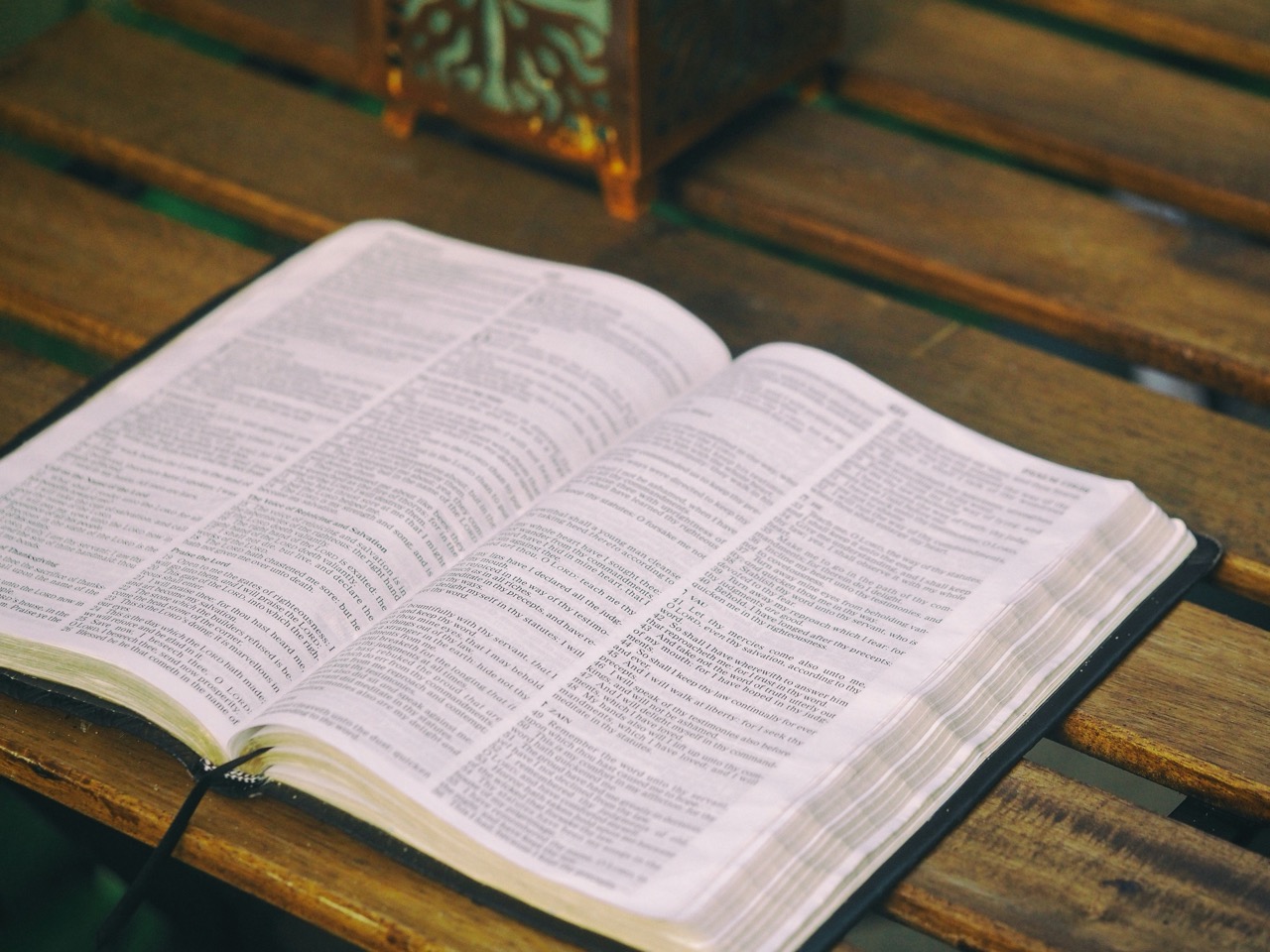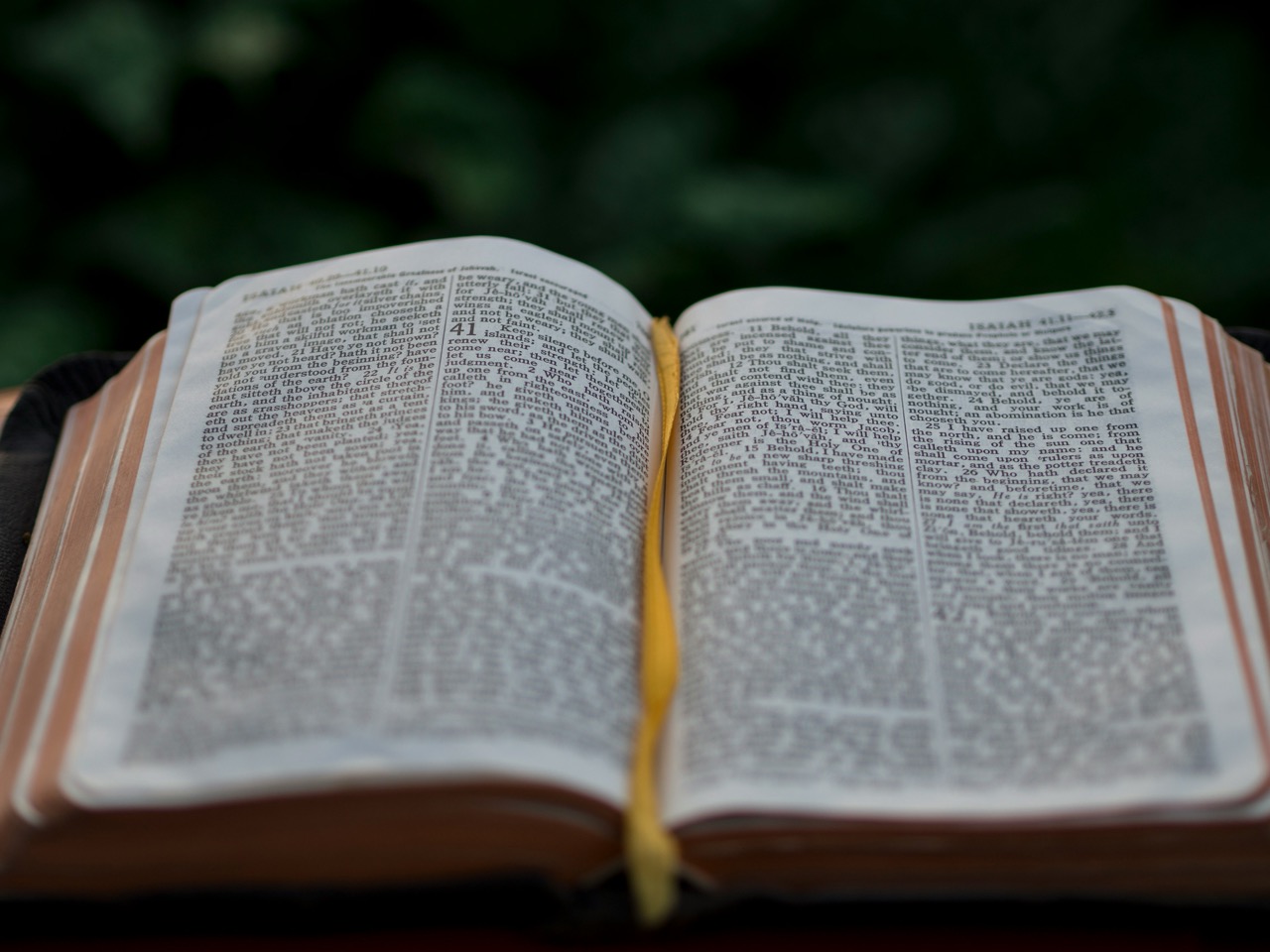Genesis and Christ: Foreshadowing the Messiah

The Book of Genesis, the first book of the Bible, lays the groundwork for the entire biblical narrative, including the coming of the Messiah. Within its pages, themes, symbols, and prophetic elements emerge that point forward to Christ. Understanding the intricacies of Genesis not only enriches our comprehension of the Old Testament but also illuminates the New Testament’s portrayal of Jesus as the anticipated Savior. This article explores the connections between Genesis and Christ, emphasizing key themes, covenants, and symbolic representations that foreshadow the Messiah.
Understanding Genesis: The Foundations of Messianic Prophecy
Genesis serves as a theological and historical foundation for the entire biblical canon. It introduces fundamental concepts such as creation, sin, judgment, and redemption, which recur throughout Scripture. The narrative begins with the creation of the world and humanity, establishing God’s sovereignty and the intrinsic goodness of His creation. However, the introduction of sin through Adam and Eve’s rebellion disrupts this harmony, setting the stage for humanity’s need for redemption—a theme that is pivotal in Messianic prophecy.
The concept of the "seed" also emerges early in Genesis, particularly in Genesis 3:15, where God declares enmity between the serpent and the woman’s offspring. This verse is often regarded as the protoevangelium, or "first gospel," suggesting that a future descendant of Eve would ultimately defeat evil. This promise ignites hope for restoration and hints at the coming Messiah who will reconcile humanity with God—a theme that permeates the entirety of Scripture.
Furthermore, the genealogies presented in Genesis trace the lineage of those through whom God’s promises unfold, such as Noah, Abraham, Isaac, and Jacob. These genealogies serve not only to maintain historical accuracy but to emphasize God’s faithfulness in preserving a line through which the Messiah would come. By understanding Genesis as a foundational text, readers can appreciate the depth of Messianic prophecy that unfolds in later biblical books.
Key Themes in Genesis That Prefigure Christ’s Coming
Several pivotal themes in Genesis serve as direct foreshadows of Christ’s eventual arrival. One of the most notable is the theme of sacrifice. The story of Abel, who offers a pleasing sacrifice to God, contrasts sharply with Cain’s offering and introduces the concept of a sacrifice that is acceptable to God. This theme culminates in Abraham’s near sacrifice of Isaac, which prefigures God’s ultimate sacrifice of His Son, Jesus Christ, on the cross. Both narratives emphasize obedience, faith, and the underlying principle of sacrifice for the sake of redemption.
Another significant theme is the idea of promise and fulfillment. God’s covenant with Abraham, where He promises that through Abraham’s offspring all nations will be blessed, foreshadows the universal impact of Christ’s ministry. The New Testament explicitly links Jesus to this promise, identifying Him as the descendant through whom God’s redemptive plan unfolds. This connection not only reinforces the continuity of God’s plan throughout the ages but also highlights the centrality of Christ as the fulfillment of His promises.
Lastly, the notion of exile and return is a recurring theme in Genesis that prefigures Christ’s redemptive work. Adam and Eve’s expulsion from the Garden of Eden symbolizes humanity’s separation from God due to sin. This theme echoes throughout the lives of the patriarchs, culminating in the Israelites’ bondage in Egypt. The promise of a coming Savior who would reconcile humanity to God is echoed in these narratives, pointing to Jesus as the ultimate redeemer who offers a path back to the Father.
The Role of Covenants in Foreshadowing the Messiah
Covenants play a critical role in Genesis and serve as a framework for understanding God’s unfolding plan of redemption. The covenant with Noah, which follows the flood, emphasizes God’s mercy and the promise of preservation. The sign of the rainbow symbolizes God’s commitment not to destroy the earth again through water, hinting at the broader theme of salvation that will be realized through Christ. This covenant reassures humanity of God’s steadfast love and foreshadows the new covenant established through Jesus.
The Abrahamic covenant is perhaps the most significant in the context of Messianic prophecy. In Genesis 12, God calls Abraham and promises that his descendants will become a great nation, and through them, all peoples on earth will be blessed. This promise directly connects to the coming of Christ, who fulfills this blessing by offering salvation to all humanity. The covenant establishes Abraham’s lineage as the conduit for God’s redemptive plan—a lineage that is ultimately realized in Jesus.
The covenant with Jacob further solidifies the Messianic hope, as God reaffirms His promises to Abraham and Isaac. Jacob’s dream of a ladder reaching to heaven symbolizes the connection between God and humanity, which is fulfilled in Christ, who declares Himself the way, the truth, and the life. Through these covenants, Genesis intricately details God’s commitment to His people and points toward the ultimate fulfillment of His promises in the person of Jesus Christ.
Christ in Genesis: Symbolism and Prophetic Connections
Symbolism throughout Genesis offers profound insights into the nature of Christ and His mission. For instance, the figure of Melchizedek, who appears in Genesis 14, is described as both king and priest. This duality foreshadows Christ’s role as our eternal High Priest and King. The New Testament writers explicitly connect Jesus to Melchizedek, indicating His priesthood transcends the Levitical order, thus fulfilling the deeper significance of this enigmatic figure.
The sacrificial system introduced in Genesis also points towards Christ. The coats of skin that God provides for Adam and Eve after their sin (Genesis 3:21) symbolize the concept of atonement through sacrifice. This act prefigures the ultimate sacrifice of Christ, the Lamb of God, whose death would provide the means for humanity’s redemption. The bloodshed required for atonement serves as a prophetic connection, underscoring the necessity of sacrifice for reconciliation with God.
Finally, the story of Joseph, one of Jacob’s sons, is rich with typology that parallels Christ’s life. Joseph’s rejection by his brothers, descent into Egypt, and eventual rise to power is reminiscent of Christ’s own rejection, death, and resurrection. Joseph’s ability to save his family during a time of famine echoes Christ’s role as the Bread of Life, providing spiritual sustenance to all who seek Him. Through these symbolic connections, Genesis not only foreshadows Christ but also sets the stage for understanding His redemptive work in the entirety of Scripture.
The narrative of Genesis is not merely a collection of ancient stories but a profound tapestry woven with threads that point to the coming Messiah. Through its foundational teachings, themes of sacrifice, covenants, and rich symbolism, Genesis lays the groundwork for understanding Christ’s role in salvation history. By examining these elements, we can appreciate the seamless continuity of God’s redemptive plan from creation to the consummation of all things in Christ. This understanding enhances our faith and deepens our appreciation for the intricacies of God’s Word, highlighting the awe-inspiring narrative of redemption that unfolds throughout Scripture.




